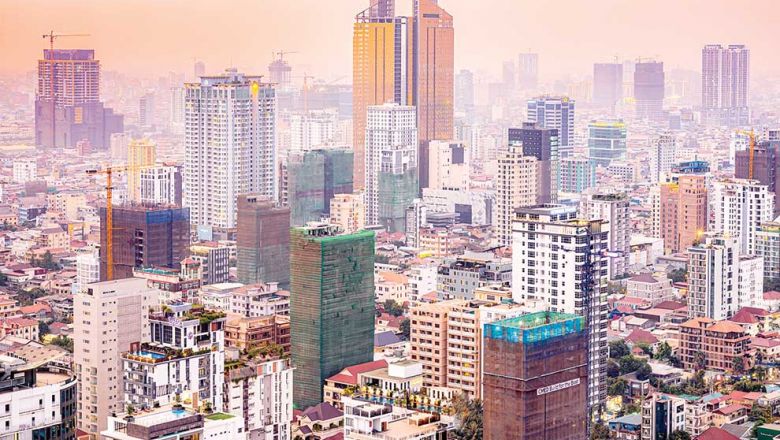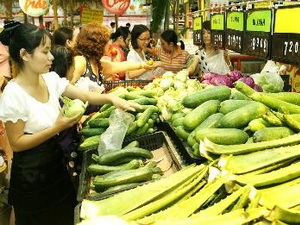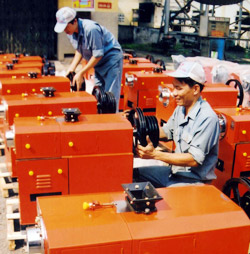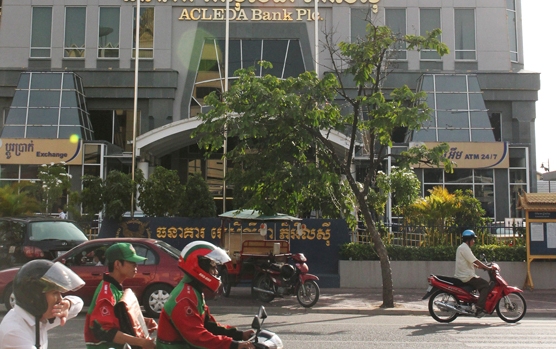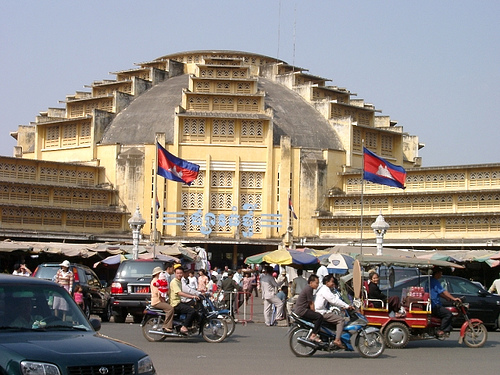Positive outlook for Cambodia's economy
Positive outlook for Cambodia's economy
Chan Sophal, president of the Cambodia Economic Association (CEA), talks to the i’s Deputy Business Editor May Kunmakara about Cambodia’s economic performance this year and the effect of the global economy during the International Monetary Fund and World Bank Annual Meeting in Tokyo.
How do you see Cambodia’s economic performance up to now?
Well, I do agree with some international financial institutions such as the IMF, World Bank and the ADB as well as the government’s projections of 6.5 to 7 per cent on Cambodia’s growth projections for 2012. However, I would like to point out this figure is a projection for the average growth. The highest projection is between 9 to 10 per cent.
We can easily achieve this average rate via our opening economy with the opportunity to export to foreign countries, the flow of foreign direct investments coming in due to the amount of land to be cultivated or developed and our cheap labour force. We also notice participation from the private sector contributes to the surge to boost economic growth.
Frankly, if the government can improve more policy, Cambodia can achieve the higher growth rates starting from 10 per cent or even higher. But, we’re a bit late in improving and restructuring the policies leading to an average growth of between 6 to 7 per cent.
Why is government a bit late in improving their policies for achieving sustainable economic growth?
There are two things to say. First is the physical issue regarding development of infrastructure, our transportation costs, electricity costs and the high production costs that are still high compared to our neighbours. The second issue is the institutional and regulation framework.
There’s a lot of work to be done. We still see corruption and a slow implementation of the laws. What is important is that the public service is still limited due to low government officials’ salaries which leads to low morale making them ineffective workers.
These are things the government should concentrate on if they want to achieve an equitable and sustainable economic growth which can benefit all and not just a specific group.
What are the main factors for the country’s economic growth?
We see four main pillars of economic growth: garment export, agriculture, tourism and construction. They are improving due to the space we have for growth. In the agricultural sector, we’ve got huge potential for development because we’ve got plenty of farming land to attract more investors to come although our irrigation does not cover all agricultural areas.
The construction and real-estate sector is also on the surge. We see that as a potential area for growth of the economy.
We have a lot of demand for building developments, for office space and housing. At the same time, the tourism sector has big potential for economic growth as we have a lot of cultural and eco-tourism sites – especially Angkor Wat temple to attract not only tourists in the region but also from the West.
The garment sector is still the main manufacturing industry to induce more investment flow because the government gives investors a lot of incentives. At the same time, the industry also enjoys a lot of foreign markets with duty free and quota free on the exports.
Despite this, exports have decreased this year due to the slowdown of the economy in the United States and the European countries. However, the demand is still there.
How do you feel about the inflationary rate?
I don’t have much concern over the inflationary rate. Actually, we take around 5 per cent annually that is not of concern. Why do we have a low inflation rate while some of our neighbours are high? The thing is that we got an open economy with a free flow of goods.
This year, we see our inflation is very low which is around 3.6 per cent because some of our main importing countries also have low inflation rates.
You have joined many meetings during the IFM-World Bank Annual meetings here. Can you foresee the effect of the spillover from the West’s economy to our economy?
The global economy projection is very low due to the Euro zone crisis so that definitely affects our exports such as garments and agricultural products such as milled rice, rice paddy, cassava and corn are also dependent on the foreign markets.
But, if we take a look the production capacity, we’ve got an increase, especially agricultural production.
If based on what they projected about food prices being high in the upcoming years, I do believe that some of our producers will profit.
This will attract more and more investment flow.
phnom penh post



